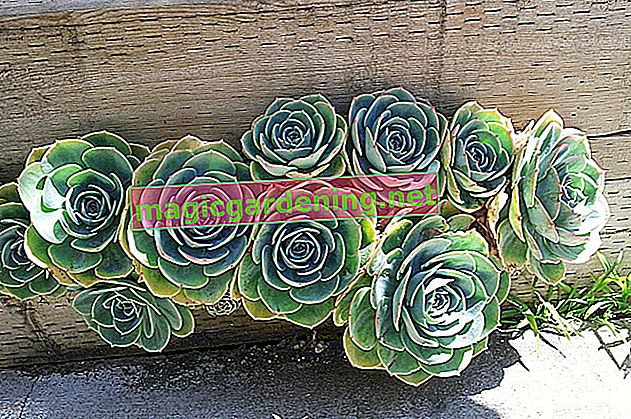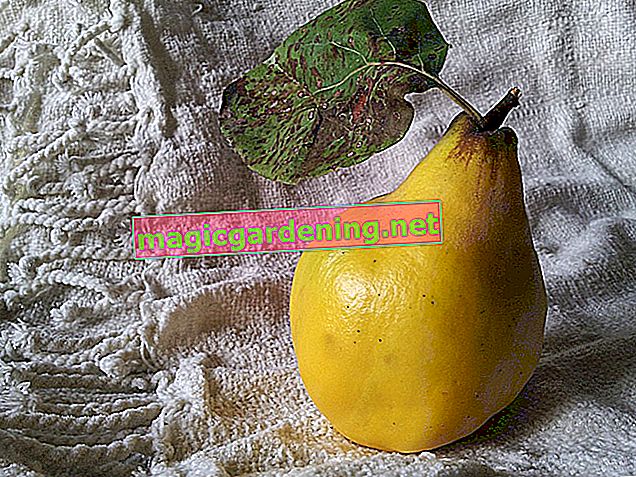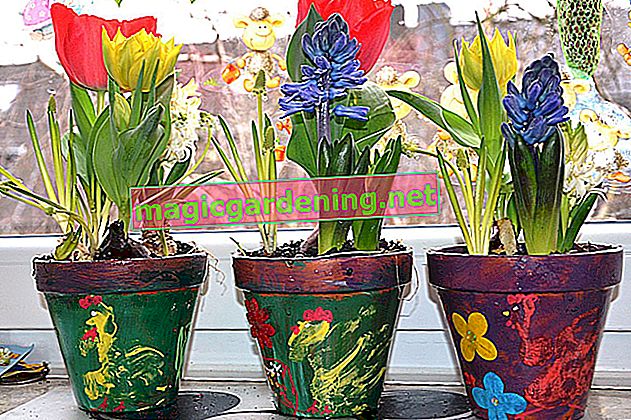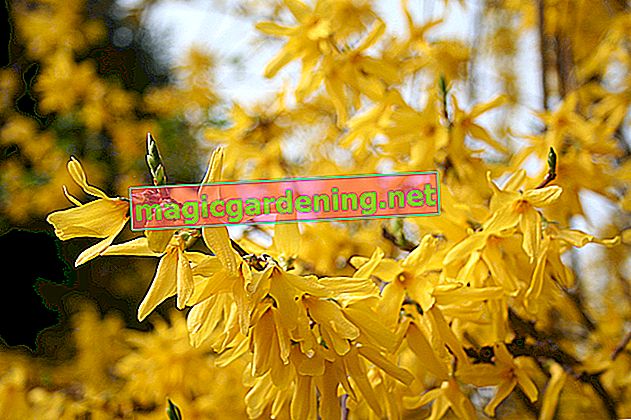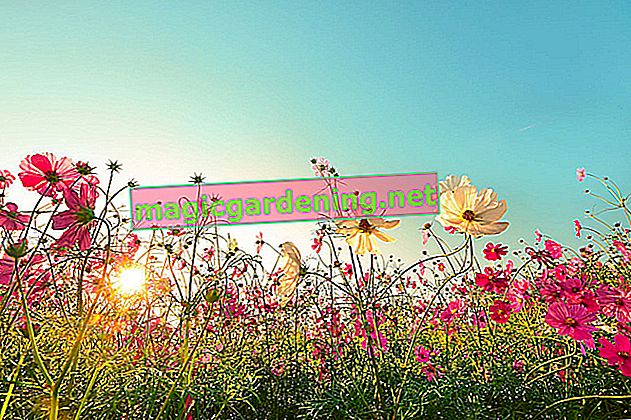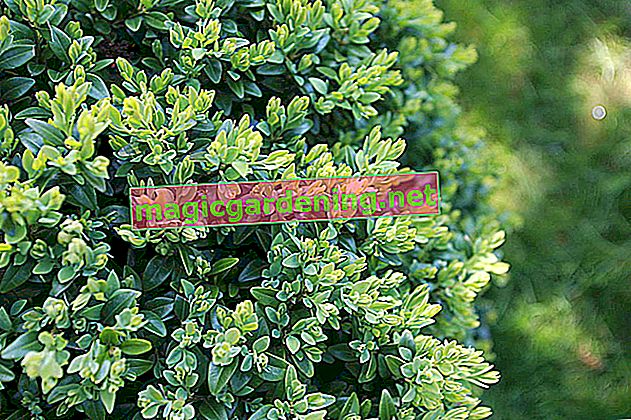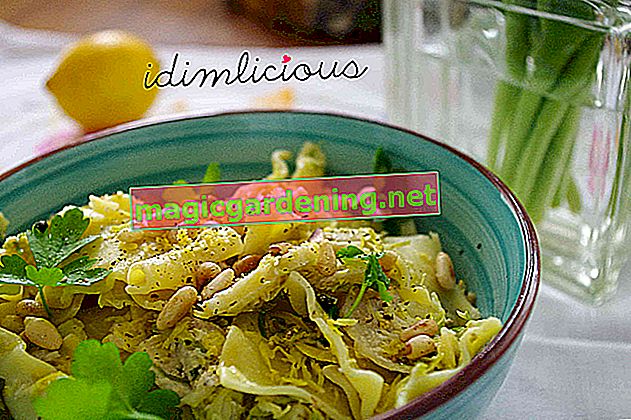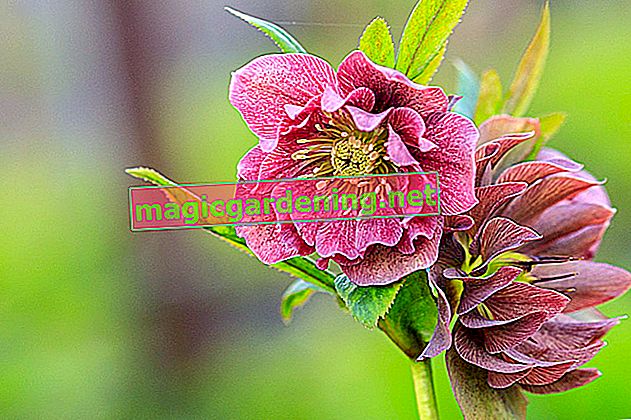
This article shows you how to:
- Giant hogweed
- Ragwort
- Thorn apple
also read
- Poisoning in humans and animals by the ragwort
- Cobbler palm: non-toxic for humans and animals
- Is the clematis toxic to humans and animals?
recognize and fight appropriately.
Giant hogweed
These plants, which are increasingly spreading in gardens and green spaces, are also known as Hercules shrubs. The furocoumarin toxin is dangerous because it has a phototoxic effect and causes very painful blisters on the skin. All parts of the plant are poisonous.
External features
The giant hogweed reaches a height of between 2.5 and 4 meters. The middle stem becomes about 10 centimeters thick and is spotted red. From June to September the white umbels appear, which can reach a diameter of 50 centimeters.
The fight
- If you discover a Hercules shrub in your garden, you should remove it as soon as possible. This ensures that it does not come together and thus spread further.
- It is essential that you wear protective clothing during this work, which should also cover your face, or you should be assisted by a specialist.
- Simply mowing down is not enough, as the plant can sprout anew at the base of the shoot several times a year. Therefore, cut back the Hercules shrub first and then dig it out completely.
- Check regularly and consistently remove any regrowing hogweed.
Danger:
The meadow hogweed, which is increasingly spreading across many meadows, is very similar in appearance to the giant hogweed, but is only 1.20 meters tall. It is also poisonous and can cause meadow dermatitis in sensitive people.
Ragwort
This yellow flowering poisonous plant has been spreading rapidly in meadows, pastures and gardens for several years. All parts of the plant contain a poison which is harmful to the liver and which retains its effectiveness in hay. It is not excreted by the body and can accumulate, for example when consuming honey, and gradually damage the liver.
External features
In the first year the ragwort forms a flat rosette of leaves. In the second year, the yellow flower umbels develop from this, which are visually reminiscent of small daisies. The most important distinguishing feature are the 13 green hull leaves with the black tips. The ragwort grows to a height of 30 to 100 centimeters.
The fight
- If you discover isolated plants in the garden, you should weed them mechanically.
- Ideally, this happens in the first year before the ragwort starts to bloom.
- Also remove the roots completely.
- Don't let the lawn get too high. If it is mowed before flowering, it usually lacks the strength to sprout again.
- It is essential to dispose of dead plant parts in the household waste and do not feed them.
Thorn apple
These weeds are not quite as common in our gardens. However, if the thorn apple is left, it proves to be extremely stubborn. Characteristic are the serrated leaves and the white, funnel-shaped flowers. The highest concentration of poison is found in seeds and roots.
Remove the plant mechanically at an early stage and dispose of it in the household waste.
Tips
It is essential to wear gloves when working in the garden, as skin contact with toxic plants can lead to painful irritation. This applies not only to hogweed, but also to some popular, but poisonous, ornamental plants.

